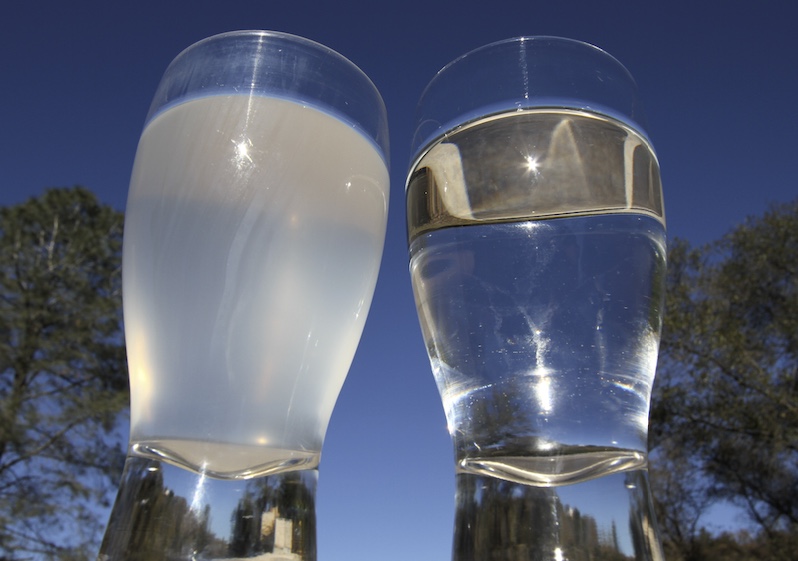Explaining geoengineering to normal people
Andrew Lockley
I've been trying to answer some basic questions from a lay inquirer on Twitter. I thought I'd share some of the explanations I've used.
I'd really value comments, corrections, ideas and feedback
A
-------
1. The sky will look hazy white, like it's viewed through a jug of water with a teaspoon of milk in it
2. SRM is much more about controlling future temperature rises than winding back old ones (near term).
3. Although sulphur injections aren't physically ideal, the fact that they're nature-identical reduces the risks of unforeseen consequences
4. Nobody working in geoengineering seriously believes it's an alternative to mitigation
Mick West

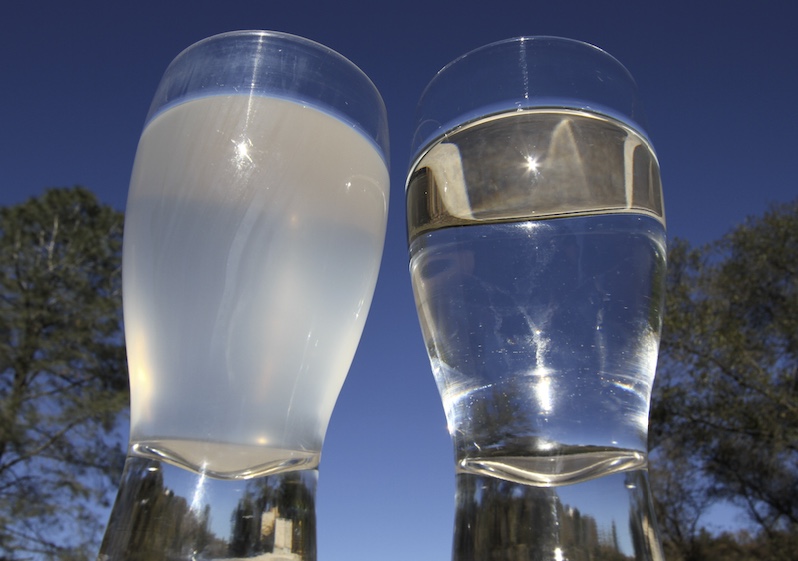
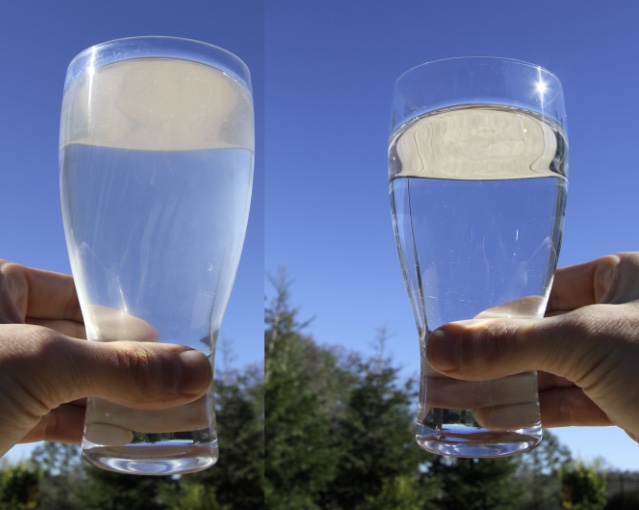
--
You received this message because you are subscribed to the Google Groups "geoengineering" group.
To unsubscribe from this group and stop receiving emails from it, send an email to geoengineerin...@googlegroups.com.
To post to this group, send email to geoengi...@googlegroups.com.
Visit this group at http://groups.google.com/group/geoengineering.
For more options, visit https://groups.google.com/d/optout.
Ken Caldeira
Mick West
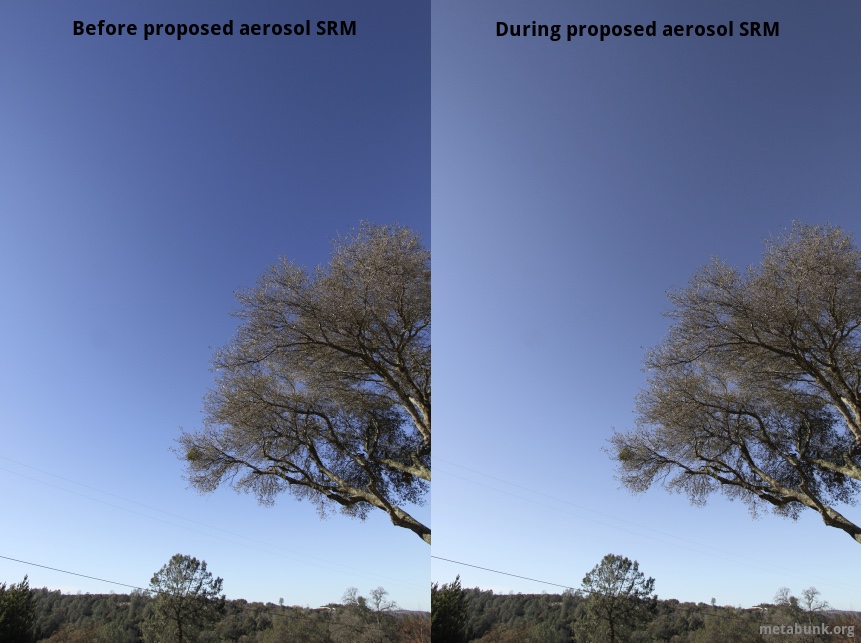
Ken Caldeira
Ken Caldeira
Carnegie Institution for Science
Doug MacMartin
Ben calculated the resulting spectrum of diffuse light for a range or aerosol concentrations and sizes; see attached. Also has a comparison with Pinatubo, and with urban aerosols.
We were originally planning on putting colour patches into the paper, but concluded that the resulting colour depends too strongly on the monitor on which it is viewed or the printer used; even a pdf printed on the exact same printer by two different computers winds up looking quite different. Furthermore, perceived colour depends on context. So fair to say that it will look whiter, and closer to what people in urban areas are already used to, but hard to come up with a picture that is actually realistic.
(And, of course, it also depends on how much geoengineering you do, whether it is 0.5 Wm-2 or 4 Wm-2)
Doug
Alan has a photo from Mauna Loa during Pinatubo.
Fred Zimmerman
Mick West
Andrew Lockley
Another way of looking at this is to create a standard.
UK pint glasses are always the same shape and size. UK semi skimmed milk is always the same fat content.
So there must be an accurate amount of milk you can put in a pint glass of water that gives you the right colour when you look at the sky through it.
To keep it simple we might use a doubling of CO2 from pre industrial, using only sulphur.
So, physicists: How much milk in my pint?
A
Ken Caldeira
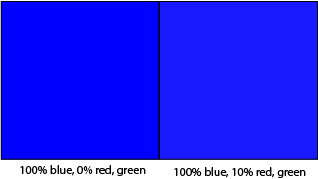
Ken Caldeira
Carnegie Institution for Science
Mick West
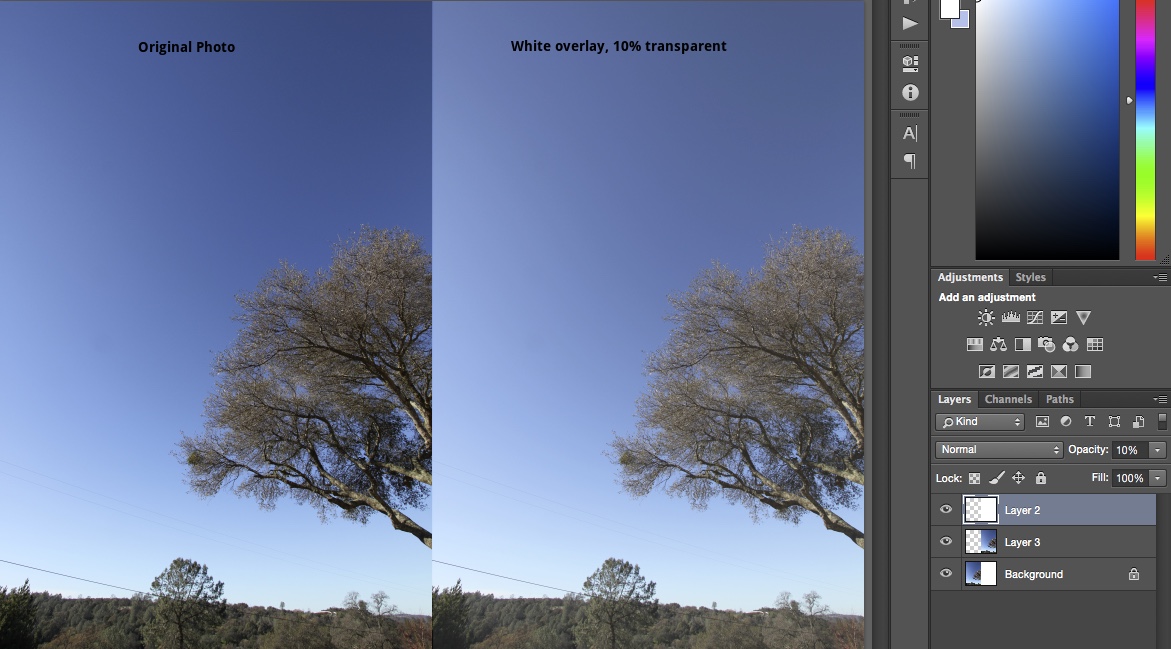
Robert Tulip
From: Ken Caldeira <kcal...@carnegiescience.edu>
To: Mick West <mi...@mickwest.com>
Cc: Andrew Lockley <andrew....@gmail.com>; geoengineering <geoengi...@googlegroups.com>
Sent: Thursday, 8 January 2015, 8:10
Subject: Re: [geo] Explaining geoengineering to normal people
Regarding #1 "The sky will look hazy white, like it's viewed through a jug of water with a teaspoon of milk in it "There's a few issues with that. For one, the sky actually does look hazy white a lot of the time, and in a lot of directions - most notably horizontal, with there being more atmosphere in that direction, and also in the direction of the sun, as there's more light.With Twitter, I've found using annotated images is the best way of getting a point across. For example:Then "a jug of water with a teaspoon of milk in it" has a HUGE range of possible transparencies with variants on jug size, and milk type. Ideally you'd have an illustration that accurately reflects the computed magnitude. Is it one of these?Feel free to use any of these images.
On Wed, Jan 7, 2015 at 12:07 PM, Andrew Lockley <andrew....@gmail.com> wrote:
I've been trying to answer some basic questions from a lay inquirer on Twitter. I thought I'd share some of the explanations I've used.I'd really value comments, corrections, ideas and feedbackA-------1. The sky will look hazy white, like it's viewed through a jug of water with a teaspoon of milk in it--
2. SRM is much more about controlling future temperature rises than winding back old ones (near term).
3. Although sulphur injections aren't physically ideal, the fact that they're nature-identical reduces the risks of unforeseen consequences
4. Nobody working in geoengineering seriously believes it's an alternative to mitigation
You received this message because you are subscribed to the Google Groups "geoengineering" group.
To unsubscribe from this group and stop receiving emails from it, send an email to geoengineerin...@googlegroups.com.
To post to this group, send email to geoengi...@googlegroups.com.
Visit this group athttp://groups.google.com/group/geoengineering.
For more options, visithttps://groups.google.com/d/optout.
--
You received this message because you are subscribed to the Google Groups "geoengineering" group.
To unsubscribe from this group and stop receiving emails from it, send an email to geoengineerin...@googlegroups.com.
To post to this group, send email to geoengi...@googlegroups.com.
Visit this group athttp://groups.google.com/group/geoengineering.
For more options, visithttps://groups.google.com/d/optout.
You received this message because you are subscribed to the Google Groups "geoengineering" group.
To unsubscribe from this group and stop receiving emails from it, send an email to geoengineerin...@googlegroups.com.
To post to this group, send email to geoengi...@googlegroups.com.
For more options, visit
Alexey Ryaboshapko
Recent years I interviewed many people asking the question: “Did years of 1991 and 1992 have any distinguished (specific) characteristic in the nature?” No one could remember any whitening the sky. They were shocked to know that the stratosphere contained 20-30 Mt of sulfate aerosol that period.
Alexey Ryaboshapko
Среда, 7 января 2015, 18:55 -08:00 от Ken Caldeira <kcal...@carnegiescience.edu>:
Stephen Salter
Lay enquirers might also like to understand the differnces between stratospheric sulphur and marine cloud brightening.
Stephen
--
olivermorton
olivermorton
Andrew Lockley
From: Kravitz, Ben <Ben.K...@pnnl.gov>
Date: 12 January 2015 at 17:49
Subject: Re: [geo] Explaining geoengineering to normal people
2. SRM is much more about controlling future temperature rises than winding back old ones (near term).
I'm not very good at predicting the future, so I think it's difficult to answer this question. I personally don't know how SRM might be used in the future, if it is used at all. I also don't even know if temperature would be the goal of geoengineering, or if there is only a single goal. Although I appreciate the goal of coming up with simple statements, I worry that this one is too simple.
3. Although sulphur injections aren't physically ideal, the fact that they're nature-identical reduces the risks of unforeseen consequences
In some respects this is true, and in some it's really not true. For example, there are still gaping holes in our understanding of the microphysical processes that would govern eventual particle size from sulfate aerosol injection. I'm not quite sure that a blanket statement about risk is the best thing to do here.
4. Nobody working in geoengineering seriously believes it's an alternative to mitigation
Date: Wednesday, January 7, 2015 at 2:45 PM
To: Ben Kravitz <Ben.K...@pnnl.gov>
Subject: FW: [geo] Explaining geoengineering to normal people
Not sure if you get the google group messages in real time, but you might answer this better than I or Ken can…



